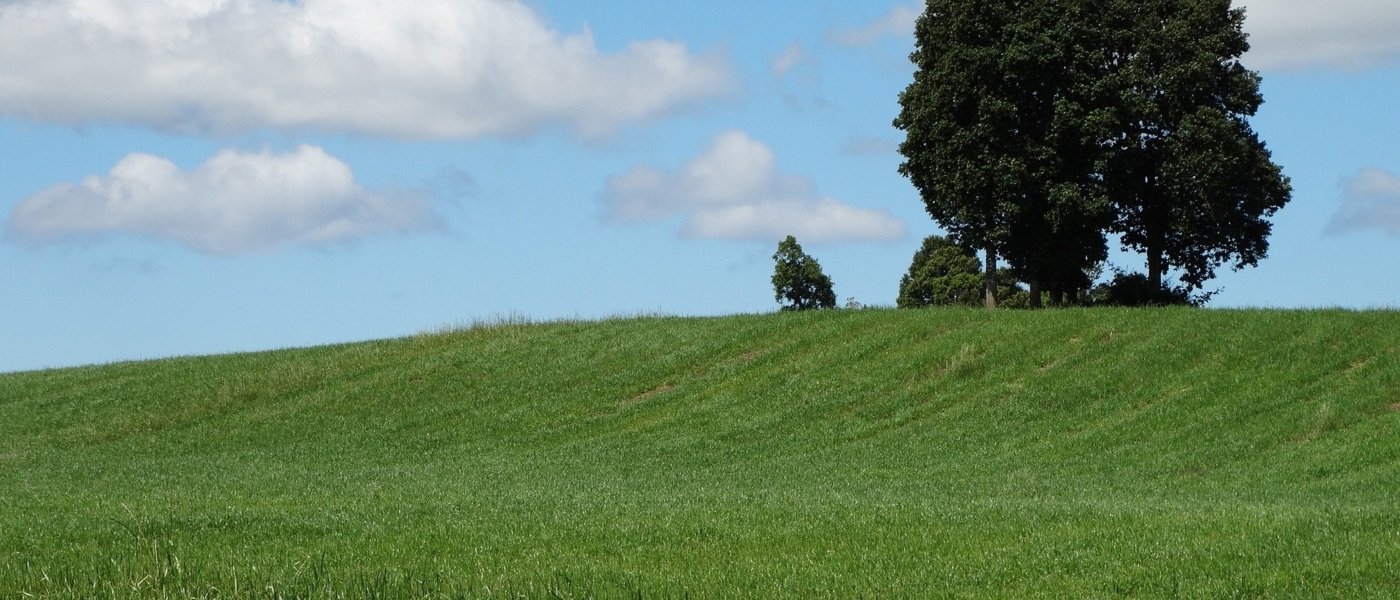Torres’ investment and innovations, which included introducing stainless steel tanks that are now commonplace across Chile, attracted foreign investment and several well-respected wineries – transforming the area into one of the country’s most productive wine regions. Once considered a part of the sprawling Maule region, the Curico Valley has now been designated as a region in its own right – one that is renowned for producing affordable wines, particularly from Cabernet Sauvignon and Sauvignon Blanc. Located around 185 kilometres south of the capital city of Santiago, the valley features a varied climate that is cooler in the east than the west – unlike many other wine regions in Chile where the opposite is true.
Most of the established names with vineyards in the Curico Valley wine region, which include Echeverria, Montes, San Pedro, Torres and Valdivieso, are settled on the cooler eastern side of the region near the towns of Curico and Molina. The region’s soils consist of limestone and volcanic rock from the neighbouring Andes mountains, and the high-yielding fertility of the terroir has led to mass production of quality, everyday wines. There are more different grape varieties planted in the Curico Valley than in any other part of Chile, although the country’s trademark Cabernet Sauvignon and Sauvignon Blanc still dominate proceedings.
Neither style can rival the depth of red wines from the Maipo Valley or the complexity of white wines from the up and coming Casablanca Valley, but vineyards in the Curico Valley produce a reliable consistency that should be admired.
Not least because of its proximity to Santiago, Curico Valley wine tours are an increasingly popular way to explore the Central Valley where visitors can survey vineyards from high altitude lookouts, visit prestigious vineyards and discover century-old underground cellars and colonial mansion houses – before sampling some premium wines.
Curico Valley is also within touching distance of several other wine growing regions that can be experienced as part of a wine tour of the Central Valley. These include the Maule Valley, the country’s largest wine growing region that is responsible for producing the distinctive red blends that brought Chile recognition on the international stage. And, to the north are the twin transverse valleys of Cachapoal, which is dominated by red grape varieties and is the best place to sample Chilean Syrah, and Colchagua where some of the world’s finest examples of single varietal Carmenere can be found.
Most wineries operate all year round, although the best time to visit the Curico Valley is between November and April, while the harvests begin in early March. And there are many ways to explore the vineyards, including walking tours, by bicycle or on horseback. The valley plays host to the oldest and largest wine festival in Chile. Held over four days in March, the Curico Valley Harvest Festival attracts over 100,000 people to the event, which has been running for the past 30 years.
The festival focuses on the cultures and traditions of the Central Valley wine growing area, with locals and international tourists alike taking part in tastings, cultural events, gastronomic samples, the Harvest Queen Election and customary grape stomping contest.
If you're interested in one of our Chile Wine Tours, please visit this link.







